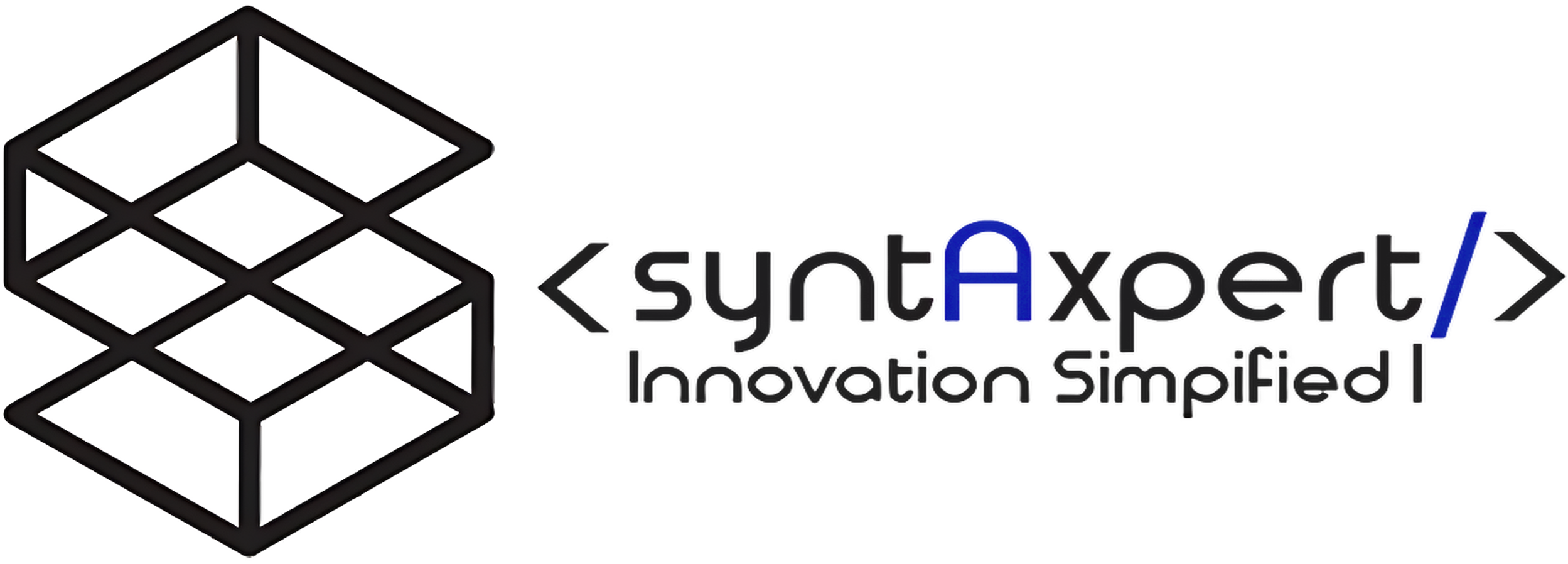In the realm of software development, agility has emerged as a driving force behind efficiency, adaptability, and overall project success. Traditional methodologies often encountered challenges in responding swiftly to changing requirements and customer needs. However, the Agile approach revolutionized the landscape by introducing a flexible and iterative framework that prioritizes collaboration, adaptability, and continuous improvement.
Agile development practices are not merely a set of rules but a philosophy that emphasizes individuals and interactions over processes and tools, working software over comprehensive documentation, customer collaboration over contract negotiation, and responding to change over following a plan. Let’s delve into some of the key principles and methodologies that constitute Agile development:
- Iterative Development: Agile promotes breaking down complex projects into smaller, manageable iterations known as sprints. These short cycles allow teams to focus on delivering small, functional increments of the software, enabling quicker feedback from stakeholders and facilitating adjustments as needed.
- Cross-functional Teams: Agile emphasizes the importance of multidisciplinary teams with diverse skill sets. Developers, designers, testers, and other stakeholders work collaboratively, fostering a culture of collective responsibility and shared ownership of project outcomes.
- Continuous Feedback: Regular feedback loops are integral to Agile methodologies. By seeking feedback from customers, end-users, and team members throughout the development process, Agile teams can adapt and refine their work, ensuring the end product aligns closely with user needs and expectations.
- Adaptability and Flexibility: Agile methodologies prioritize adaptability to changing requirements. Unlike rigid traditional approaches, Agile allows for adjustments to be made even late in the development cycle, fostering a more responsive and customer-centric approach.
- Emphasis on Delivering Value: Agile teams focus on delivering working software that provides tangible value to users. By prioritizing features based on customer needs and business value, Agile ensures that each iteration delivers meaningful functionality.
Several frameworks and methodologies fall under the Agile umbrella, with Scrum, Kanban, and Extreme Programming (XP) being among the most widely adopted:
- Scrum: This framework operates in short iterations or sprints, typically lasting two to four weeks. It involves daily stand-up meetings, sprint planning, sprint review, and retrospective meetings to optimize productivity and adapt to changing requirements.
- Kanban: Kanban focuses on visualizing work, limiting work in progress, and maximizing flow. It operates on a continuous delivery model, allowing teams to pull work as capacity allows, promoting efficiency and minimizing bottlenecks.
- Extreme Programming (XP): XP emphasizes technical excellence and places a strong emphasis on engineering practices such as test-driven development, continuous integration, pair programming, and simple design to ensure high-quality software.
The benefits of Agile methodologies are profound. They foster enhanced collaboration, faster time-to-market, improved product quality, increased customer satisfaction, and a more adaptive approach to changing market dynamics.
However, successful implementation of Agile practices requires a cultural shift within organizations. It necessitates a commitment to collaboration, open communication, flexibility, and a willingness to embrace change.
In conclusion, Agile development practices have revolutionized the software development landscape by offering a flexible, iterative approach that prioritizes customer needs, adaptability, and continuous improvement. Embracing Agile methodologies empowers teams to deliver value-driven, high-quality software in an ever-evolving technological landscape. Its principles and frameworks continue to shape the way software is developed and delivered, driving innovation and efficiency across industries.
